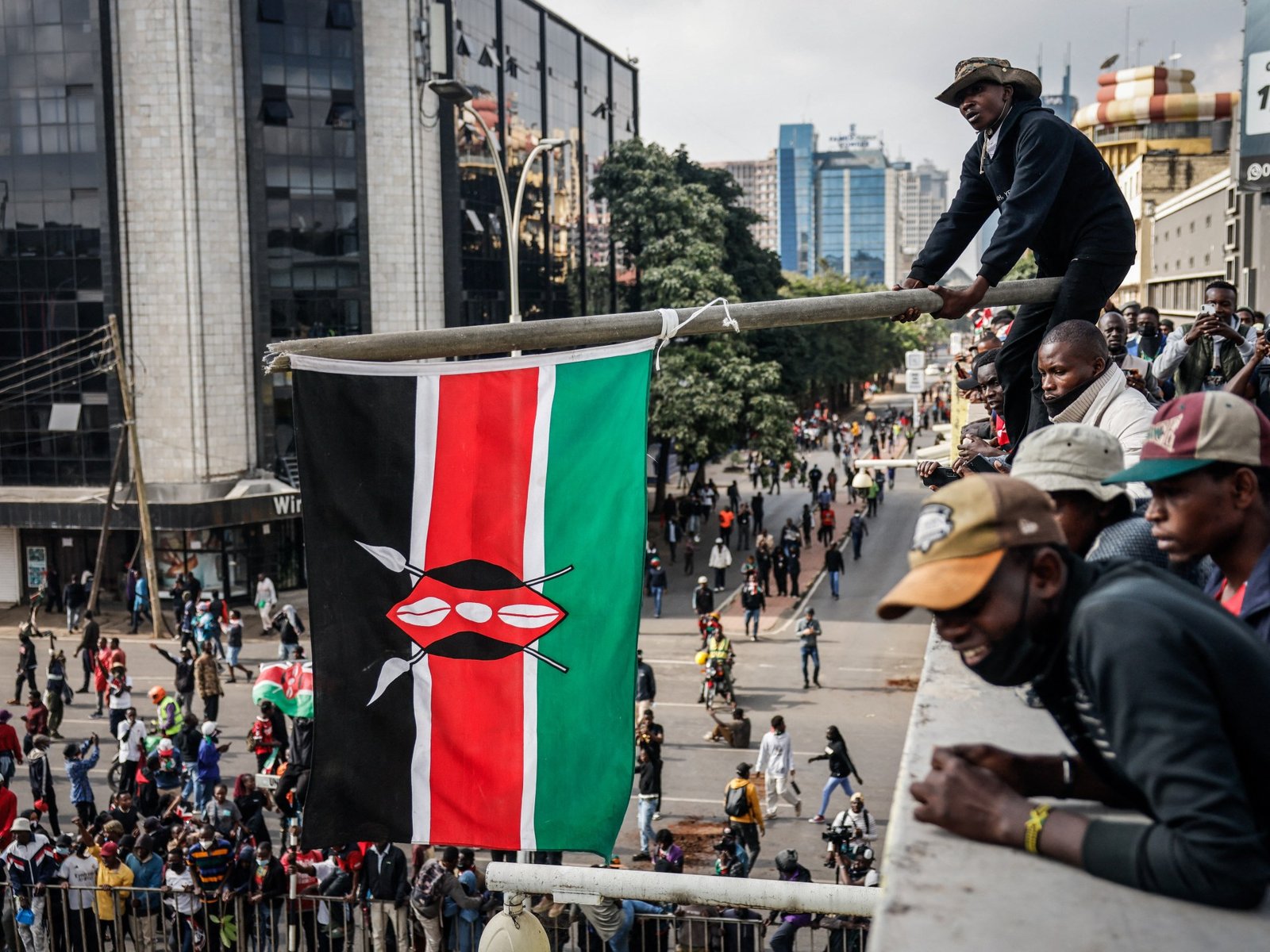Nairobi, Kenya – June 26, 2025 – Tragic violence erupted during antigovernment demonstrations in the Kenyan capital on Wednesday, resulting in multiple fatalities and hundreds of injuries. The protests were organized to commemorate the anniversary of last year’s deadly anti-tax protests, which resulted in the deaths of 60 individuals after police intervened.
Officials have remained silent regarding the exact casualty figures, but various reports from human rights organizations indicate that between eight and sixteen individuals have lost their lives in the recent clashes.
The demonstrations, which have become a common sight in East Africa, address ongoing issues such as police brutality, corruption, and escalating taxes. Activists voiced their demands in major cities, including Nairobi, Mombasa, and Kisii, chanting slogans like “Ruto Must Go,” a direct reference to President William Ruto’s administration.
In anticipation of unrest, schools and banks in Nairobi’s commercial district closed early, and police cordoned off key government buildings with barbed wire. Last year’s protests saw demonstrators storm the parliament, leading to significant property damage.
Initially, the events of Wednesday were relatively peaceful, but violence escalated later in the day. Reports indicate that groups, allegedly made up of undercover security personnel, attacked protesters using whips and clubs. Authorities responded with live ammunition, rubber bullets, and tear gas, adding to the chaos.
Incidents of looting and vandalism were reported in the capital, while in Kikuyu, approximately 12 miles from Nairobi, protesters set government properties ablaze, including a police station. Other cities like Mombasa experienced peaceful demonstrations.
Protests also turned violent in the eastern towns of Matuu and Mlolongo, around 62 miles from Nairobi.
The Kenya Medical Association and other organizations confirmed eight deaths, while Amnesty International provided a higher estimate of 16 fatalities, validated by the Kenya National Commission on Human Rights. Among the deceased was a security guard named Fred Wamale Wanyonyi, who was on duty during the rallies.
Background of the Protests:
These demonstrations were held to remember the tragic events of June 25, 2024, when police killed dozens of protesters during anti-tax demonstrations. Activists emphasized the importance of commemorating those who died, advocating for accountability and justice in response to government actions.
The protests reflected deep frustrations over governance, with participants calling for an end to what they see as the oppressive rule of President Ruto, along with demands for economic reform and government transparency.
The situation has been tense in recent weeks due to the suspicious death of a young blogger, Albert Ojwang, sparking further protests and outrage over police behavior.
Government Response:
While authorities were aware of the planned protests and had been assured by activists about their peaceful intent, witnesses claim that the police response was disproportionate. Rights activists condemned the excessive force used during the demonstrations.
Despite a temporary ban on live media coverage, a court reinstated broadcasting rights to ensure independent reporting on the ongoing situation. Ruto appealed for peaceful protests, emphasizing the importance of national safety.
Looking Ahead:
As calm returns to Nairobi, the aftermath of the protests reveals significant damage, with many businesses in disarray due to looting and vandalism. In legislative developments, Ruto has signed the new Finance Bill for 2025, eliminating controversial tax increases but incorporating provisions that would enhance tax authorities’ access to personal data.
The path forward remains uncertain as the government faces mounting pressure to address the concerns raised by demonstrators.

